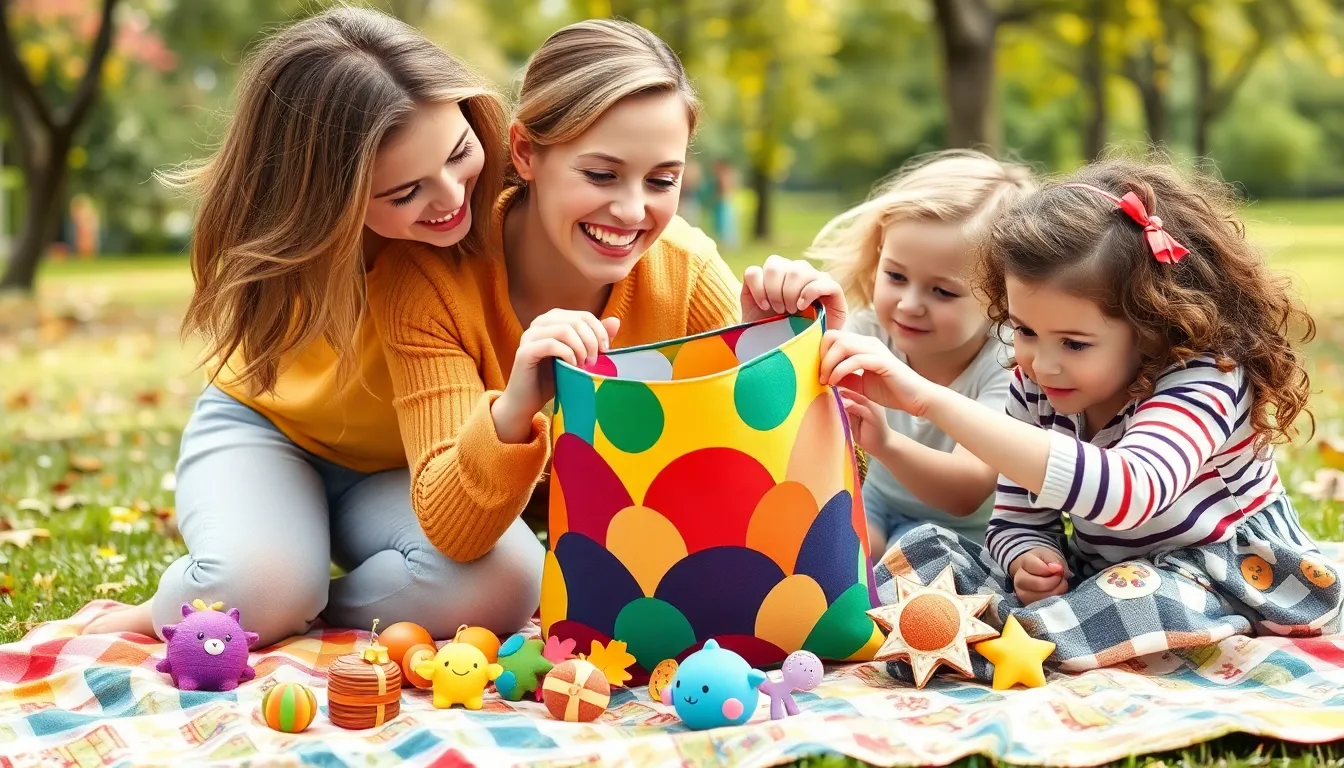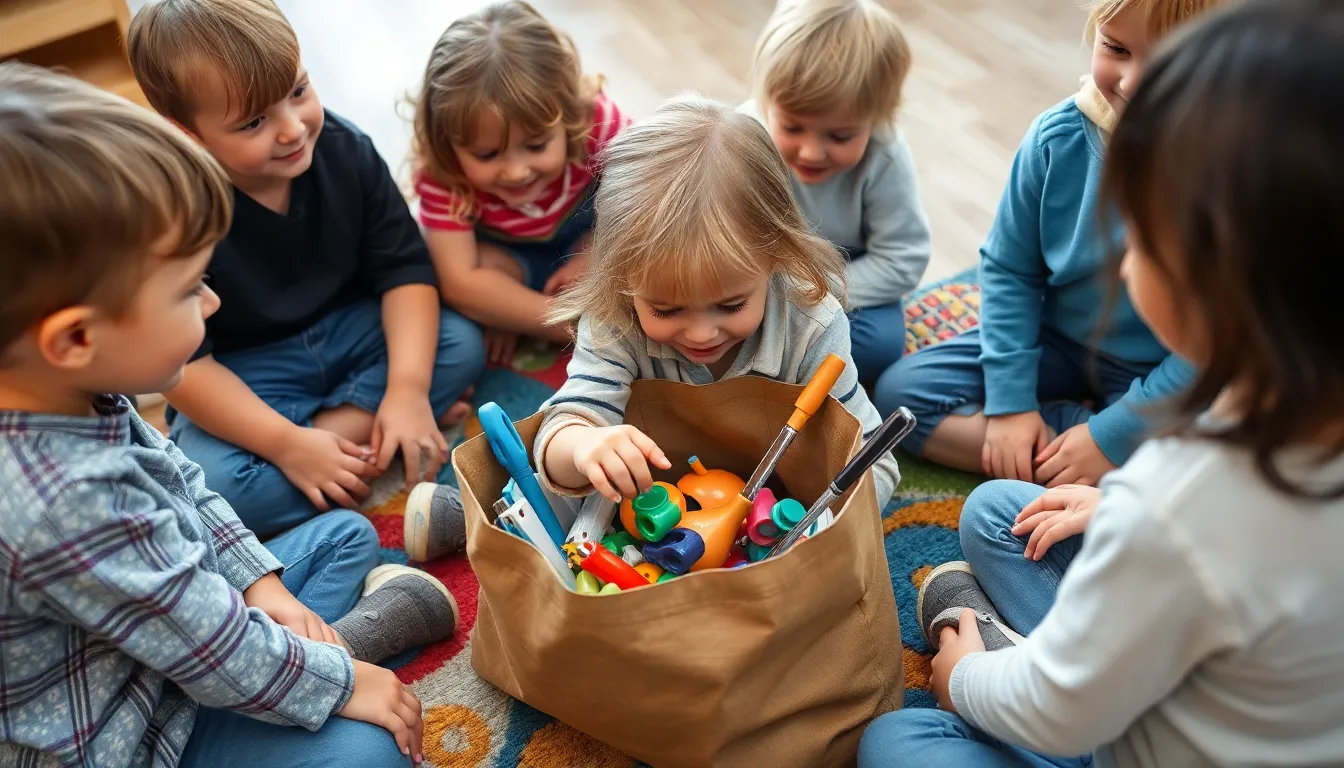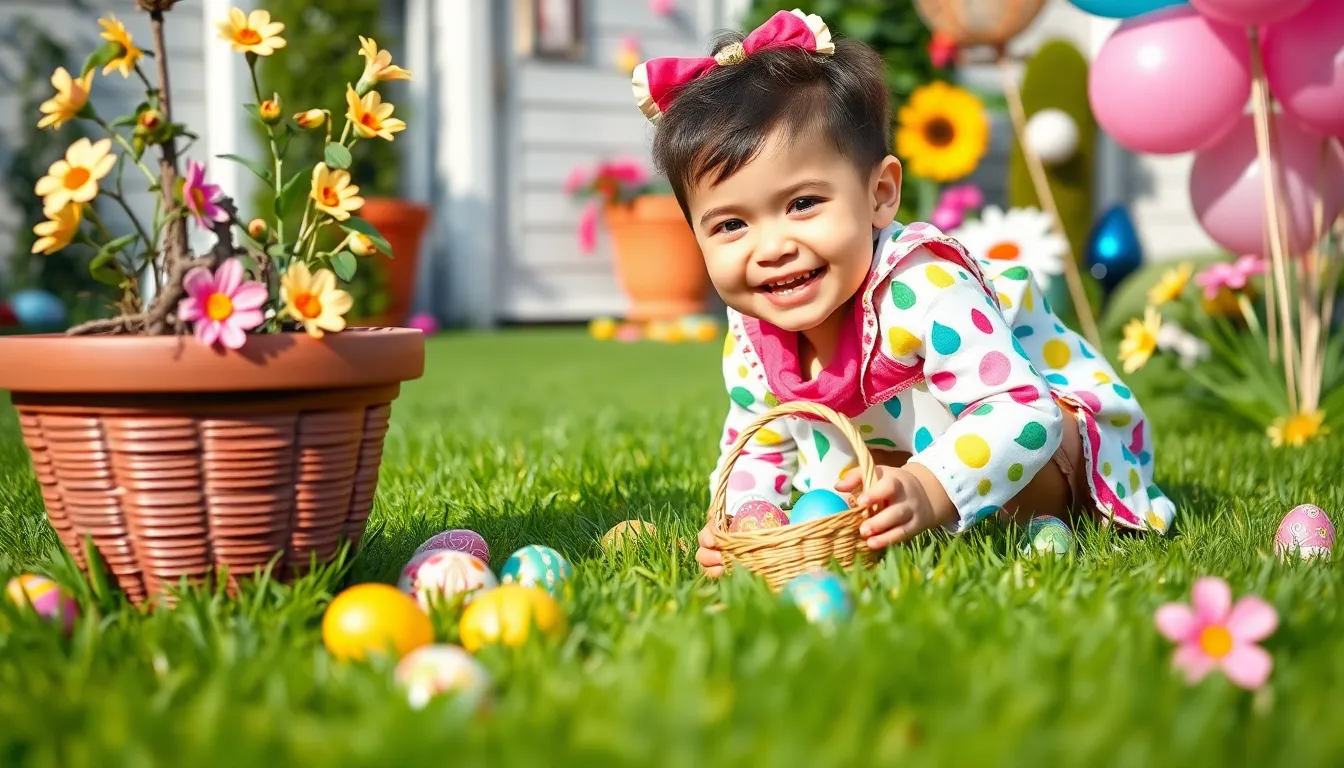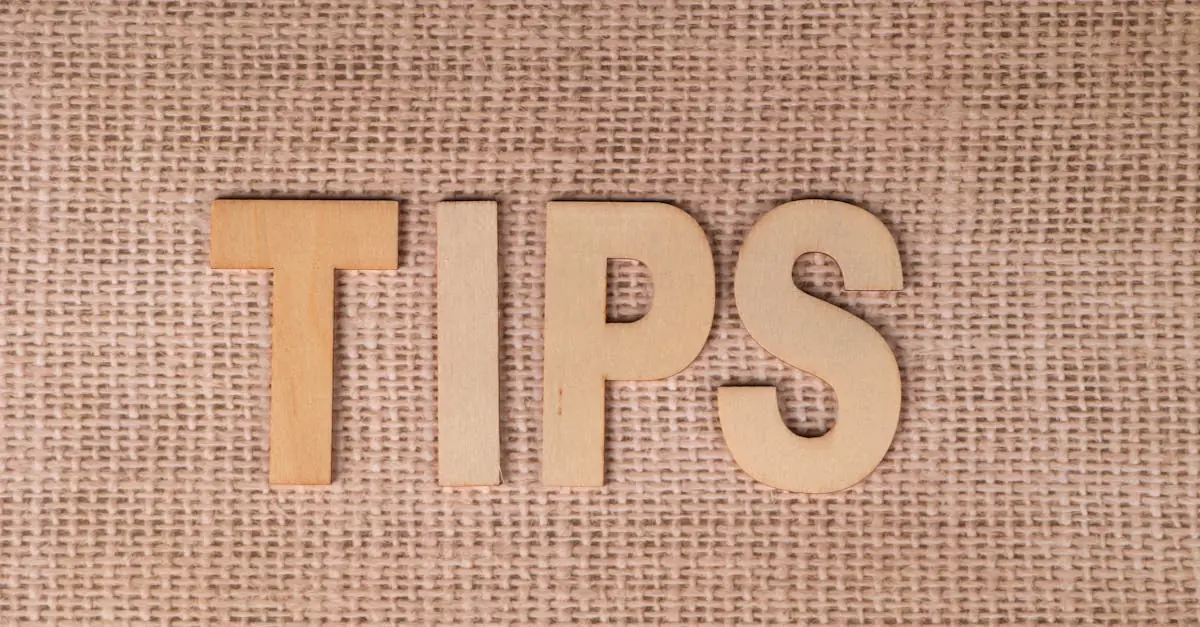Imagine reaching into a mysterious bag, your heart racing as you try to guess what’s lurking inside. Is it a rubber chicken? A vintage toy? Or perhaps something even wackier? “Guess the object in the bag” isn’t just a game; it’s an adventure that tickles the imagination and sparks laughter.
This delightful guessing game brings friends and family together, creating memories that last longer than your last failed attempt at a TikTok dance. It challenges players to think outside the box—literally! Whether it’s a party, a family gathering, or just a rainy afternoon, this game guarantees fun and surprises. So, grab a bag, fill it with quirky items, and let the guessing begin. Who knows what treasures—or bizarre oddities—await?
Table of Contents
ToggleOverview of Guess the Object in Bag
“Guess the object in the bag” serves as an engaging game suitable for gatherings. Players find joy in the challenge of reaching into a concealed bag to identify mystery items. This game encourages laughter and creativity, drawing participants into an immersive experience. Ideal for parties, it captivates both children and adults alike.
Participants can use various objects, from everyday items to bizarre novelties. It prompts players to rely on their senses, enhancing excitement with every touch. Creativity flourishes with each round as players describe their guesses. Engaging storytelling often accompanies the game, adding layers of fun.
To elevate the experience, hosts might consider thematic bags filled with specific categories, such as toys, kitchen tools, or seasonal decorations. Such themes create additional excitement and spark creative thinking. Each player’s unique perspective enriches the game, making it distinctly memorable.
Setting up the game is straightforward. Fill a bag with several items, ensuring they’re not visible. Players take turns feeling inside, guessing based on textures or shapes. Clear communication heightens anticipation as guesses unfold, fueling friendly competition.
Overall, “Guess the object in the bag” proves to be a delightful addition to any social gathering. Fun memories arise as participants bond over laughter and surprise. This simple, yet impactful game highlights the joy of connection through shared experiences.
Rules and Gameplay
“Guess the object in the bag” features straightforward rules, making it accessible and engaging for all age groups. Players take turns feeling inside a bag filled with various items and must guess what they touch without looking.
Basic Rules
First, gather a variety of items, such as toys, utensils, or seasonal decorations. Next, place them in a bag that conceals their shape and texture. Each player takes turns reaching into the bag, feeling an object, and guessing its identity. Players should limit guesses to one per turn, allowing others to participate. To keep the game fair, set a time limit for each guess, like 30 seconds. Once identified, the guessing player scores a point. After all items are guessed, the player with the highest score wins.
Advanced Variations
Advanced variations enhance gameplay and keep participants engaged. For example, players can implement themed categories, requiring items to match a specific topic, such as holidays or colors. Adding a storytelling element increases creativity; players describe the object’s sounds, movements, or background before guessing. A scoring twist could also involve bonus points for creative descriptions or teamwork, where players collaborate on guesses. Finally, introducing blindfolds adds an exciting challenge, ensuring players rely solely on touch and heightened sensory perception.
Benefits of Playing
Playing “Guess the object in the bag” offers numerous advantages. Engaging in this game enhances cognitive skills while providing entertainment.
Cognitive Development
Cognitive development benefits significantly from playing this game. Players exercise their memory and critical thinking skills as they remember items and strategize their guesses. Enhancing tactile perception is another benefit, as participants learn to identify shapes and textures without relying on sight. The game encourages problem-solving, prompting players to evaluate clues and make educated guesses about hidden contents. Overall, combining fun with cognitive challenges creates an effective learning experience for individuals of all ages.
Social Interaction
Social interaction flourishes through “Guess the object in the bag.” Players engage in friendly competition, fostering a sense of camaraderie. Various ages participate, bridging generational gaps and encouraging communication. Moreover, storytelling emerges as players describe their guesses, enhancing interaction. Laughing together and sharing surprises cultivates bonds and creates memorable experiences. The game supports a lively atmosphere during gatherings and strengthens relationships through shared enjoyment.
Tips for a Successful Game
Success in “Guess the object in the bag” depends on effective strategies and engaging gameplay.
Selecting Objects
Choose a mix of items to create an interesting experience. Soft textures like plush toys add a layer of comfort, while harder objects like keys introduce challenges. Incorporate familiar and obscure items to increase curiosity. Variety helps maintain excitement throughout the game. Seasonal themes can enhance engagement, with decorations reflecting the time of year. Prepare objects that fit the age range of participants, ensuring that everyone can enjoy guessing. Players benefit from tactile diversity, which encourages creativity in their descriptions.
Engaging Participants
Encourage enthusiasm by creating a lively atmosphere. Use humor to lighten the mood and make guessing fun. Introduce a storytelling aspect by asking participants to describe how they think each object relates to their experiences. Vary the gameplay by allowing players to give hints when necessary. Keeping the energy high promotes camaraderie and friendly competition. Involve all players by rotating turns quickly, ensuring everyone stays engaged. Celebrate correct guesses with cheers or fun surprises. Engaged players contribute to lasting memories filled with laughter and enjoyment.
Variations and Themes
“Guess the object in the bag” presents exciting variations that enhance game play. Diverse settings can change the experience. Outdoor versions allow players to explore nature by including items like leaves, rocks, or pinecones. Indoor setups might showcase household objects such as utensils, toys, or office supplies. This simple shift in environment encourages imagination and adaptability in gameplay.
Themed object bags create memorable experiences. Specifying themes, like holidays or sports, adds depth and excitement. For example, a Halloween bag might include spooky items like fake spiders and candy corn. A summer theme could feature beach-related objects, such as seashells or sunscreen. These variations promote creativity while challenging players to think outside the box during the guessing process.
Conclusion
“Guess the object in the bag” is more than just a game; it’s a catalyst for laughter and creativity. By engaging players of all ages, it transforms ordinary gatherings into memorable experiences filled with excitement and friendly competition.
The beauty of this game lies in its simplicity and versatility. Whether indoors or outdoors, thematic or spontaneous, it invites imagination and storytelling, enhancing social bonds among participants.
With endless possibilities for variations and themes, this game encourages players to think outside the box. It’s a delightful way to foster connection while sharpening cognitive skills. Embracing the joy of discovery, “Guess the object in the bag” promises to be a cherished activity for years to come.









